Inverted vs. Standard Aeropress Method – Which Makes Better Coffee?
If you’re reading this article, you already know that there are two main ways of brewing coffee on the Aeropress: the standard and inverted methods.
Essentially, the difference between these two methods is what position the Aeropress is in when you steep your coffee grinds in hot water: upright (standard) or upside-down (inverted).
But there is much more to it.
Let’s go into the details of each method, their pros and cons, and how each affects your final cup of coffee.
Standard vs. Inverted Aeropress Method Differences
Both methods produce a great cup of coffee, but some subtle differences exist.
Brewing technique differences
The original way of brewing coffee with the Aeropress, as invented by Alan Adler, is the standard method.
Here is a delicious recipe I use for the standard method. I’ve tweaked it from the original recipe.
To brew in the standard method, screw the moist filter into the brewing chamber, add your ground coffee, hot water, and stir a bit. After a 30-120 second brew time, you press the plunger down to push the coffee into your mug.
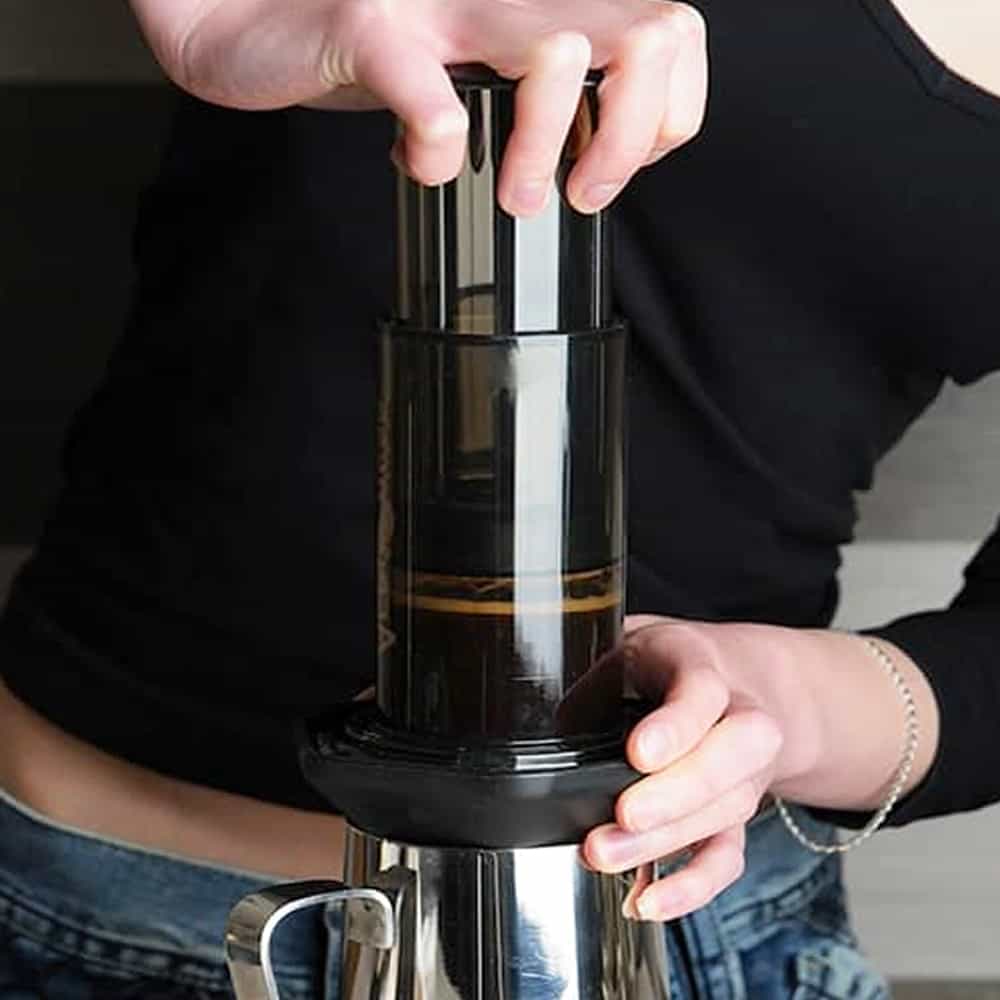
The inverted method is a newer way to brew with an Aeropress (or the new AeroPress Clear).
Here are detailed instructions for this method (also called upside-down) as well, but this is how it works in short.
To brew in the inverted method, you put the plunger into the brewing chamber, so they overlap by 1-2 cm. Add your coffee grounds and hot water, stir, and brew for as long as you like. In the end, you screw the filter onto the brewing chamber, flip the Aeropress over and press the plunger down.
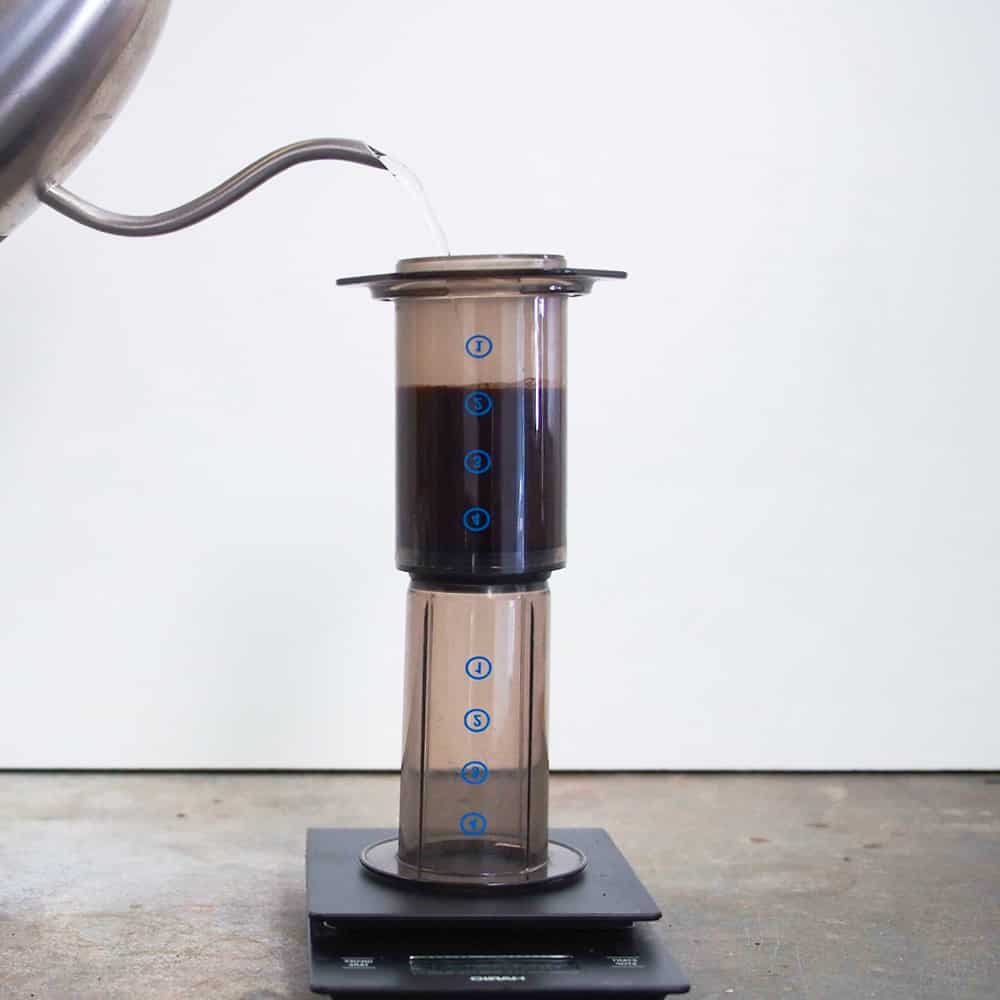
Take note though that the AeroPress XL should not be used for the inverted method. The larger size makes it more unstable and easier to tip over, and the hot water can spill on you.
So, what’s the difference in brewing technique between the two methods?
The main difference is in which position you let your coffee bloom and steep. With the standard method, the filter is at the bottom; conversely, the grinds and water steep on the plunger with the inverted method.
Dripping
One thing is not ideal with the original Aeropress recipe: “coffee” starts dripping into your cup, since the moist paper filter allows the coffee to pass through way sooner than it should.
The problem with dripping is this:
- These drips aren’t real coffee yet, since the water has not been in contact with the coffee grinds long enough. It is still under-extracted.
- This adversely affects your coffee-to-water ratio, since some of your brewing water drips away.

Can you stop the dripping with the standard method?
Yes, but not entirely if you’re using a paper filter.
After you stop stirring the coffee, you should quickly place the plunger into the brewing chamber, thereby hermetically sealing it. This creates negative pressure against the coffee that would otherwise be drawn through the filter by gravity.
The dripping will instantly stop, but this is not a 100% solution, since you still had some dripping while you were stirring.
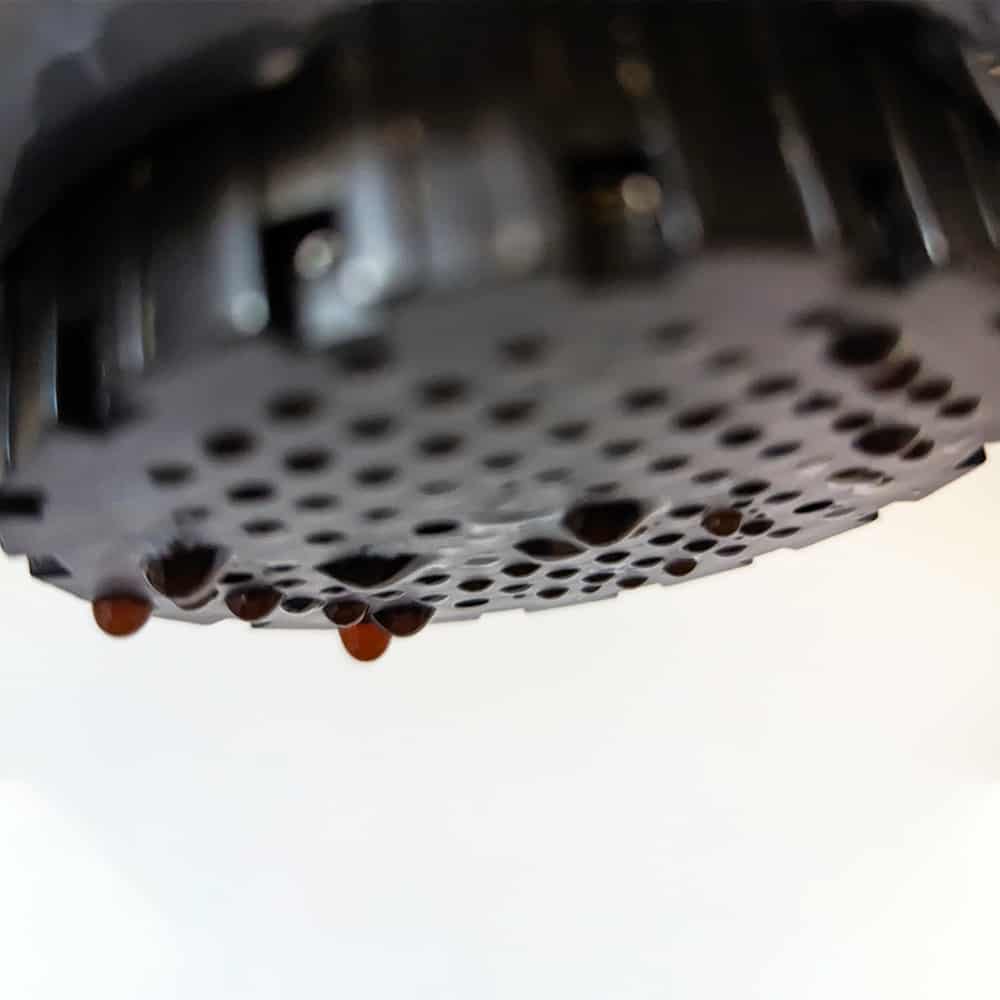
To completely stop dripping with the standard method, you need to use 3rd party metal filters, such as:
- Joepresso
- Fellow Prismo
With the inverted method, there is no dripping at all, since you are not steeping on the filter.
Extraction differences
The different brewing methods result in differing extraction:
- The drips of coffee that pass through the filter with the upright method are under-extracted since they have not been in contact with the hot water long enough.
- However, when you use the inverted method, the coffee, and water are in full contact during brewing, ensuring even extraction.
- You have more control over the extraction process as there is no dripping. You can be sure that the exact coffee-to-water ratio you meticulously measured will stay constant.
- Additionally, when you flip the Aeropress, the coffee oils that otherwise rise to the top are mixed back into the brew. These oils are not really present in the resulting coffee of the standard method, since the oils stay on top where the plunger touches the coffee grounds as you push down.
Sinking of coffee grounds
As you steep your coffee with the regular method after stirring, the coffee grounds will sink to the bottom of the brewing chamber.
They will collect on the filter and become packed by the time you push down on the plunger.
This creates a natural self-filtering layer, more pressure, and a slightly stronger cup of coffee.
The inverted method is exactly the opposite. It resembles the French press’s immersion brewing since the grounds are mixed into the liquid when you flip the Aeropress over.
Flexibility to experiment
This upside-down method of brewing coffee with the Aeropress solves the standard method’s dripping problem, which results in some definite advantages:
- You can stir, bloom, and steep your coffee for as long as you want without any dripping at all, which results in even extraction and a full-bodied cup.
- You can use coarser grinds or lower-temperature water, and adjust your brew time as you wish.
- You can even make a cold brew with the Aeropress because you can go coarser and let it steep longer.
The traditional method does not allow for extended steep times, making it somewhat limited in this regard.
Taste differences
Both methods produce great coffee. I do feel a difference in taste, but I’m not sure people who are not as involved with coffee would notice.
I’ve compared the 2 methods with exactly the same recipes side by side and noticed that:
- The inverted method produces a lighter, fruitier coffee.
- The standard method produces a bolder, heavier cup.
You should definitely test both yourself and see if you can taste the subtle differences. For the best results, check out our top picks for the best coffee beans to use with an AeroPress.
Pros and Cons of each method
If you’ve read everything up till now, you’ll already have a pretty good idea of the benefits and disadvantages of each Aeropress brewing method.
Here is a summary.
Standard method
Pros
Cons
Inverted method
Pros
Cons
Which method is ultimately better?
There are a lot of online discussions about which method people like better, such as this Reddit thread.
It’s also interesting to note that many 1st, 2nd, and 3rd place recipes at the yearly Aeropress championships call for the inverted method.
This topic has no real answer. The resulting coffee is not the same, and the techniques differ. Most people will not notice any major taste differences, but I prefer the standard method. I like the taste of the coffee a bit more.
Which one do you like better, and why? Please let me know in a comment!


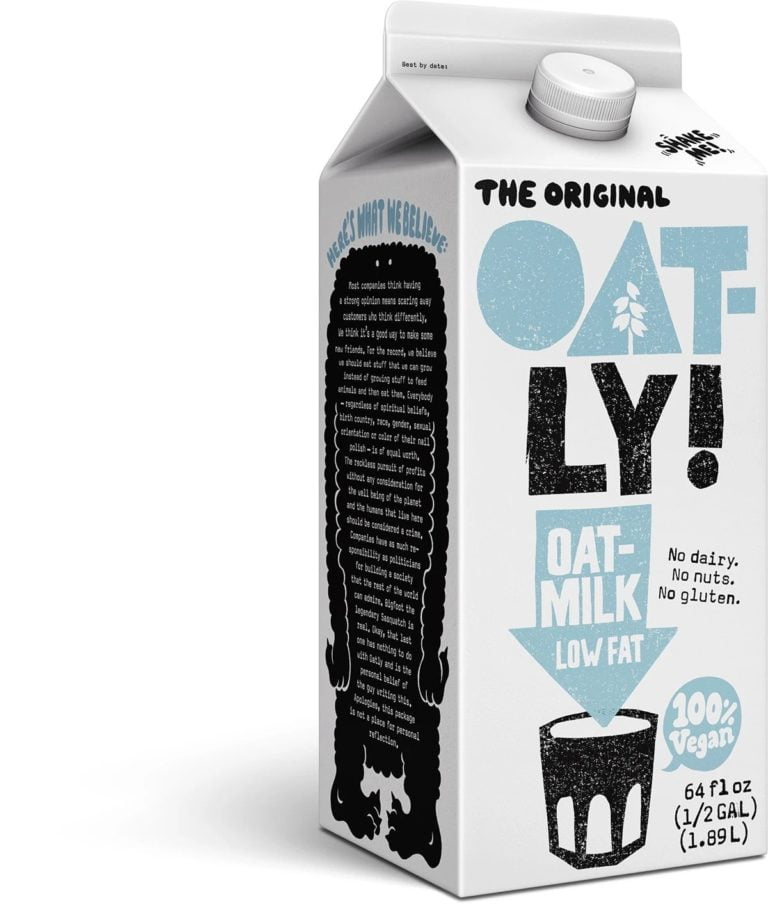

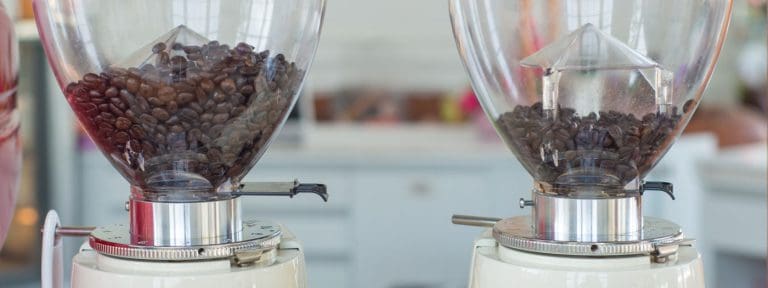
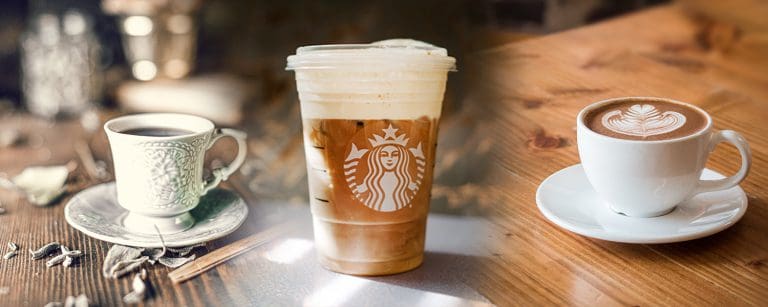
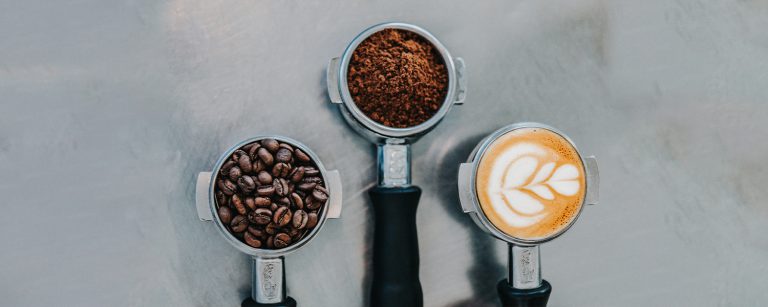
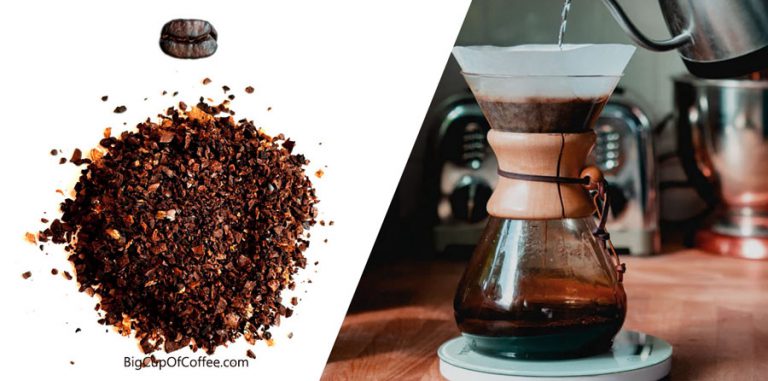

I’ve always been a standard method purist, but I must admit the inverted method intrigues me, especially after reading your comparison, Tom. Do you or anyone else know if the brew time should be adjusted between methods to compensate for the drip or is it negligible?
I’ve been using the Aeropress for years but never could get the hang of the inverted method due to fear of spills. Thanks to your walkthrough, Tom, I finally gave it a shot, and what a difference. No more watery drips during brewing, and the flavor profile is slightly more robust. There was a lot of dripping that I do away with now. Truly grateful for the detailed guide.
I’m a digital nomad often brewing my coffee on the go, and I’ve tried dozens of methods. The inverted method, as described in your article, Tom, definitely minimizes my Aeropress’s spillage in my van. Flavor-wise, I’m sold on the full immersion it provides. Cheers for the pro tips.
Perhaps it’s just me, but I’m still a little uncertain about the extraction differences despite the explanation. When using the standard method, how can I ensure that my coffee isn’t under-extracted due to the dripping issue you mentioned, without switching to the inverted method?
You can’t really. If you don’t like flipping for some reason, you can get a flow control filter cap to replace the one the device comes with. Aeropress makes it now, Fellow prismo is another 3rd party option.
Tom, this is Alex. I experimented with both methods after reading your article. I’ve noticed that using the inverted method, my coffee came out with a fuller body and richer taste. It might be my new go-to, but I’m curious if others have similar experiences or if it’s just my palate.
Yes, excessive dripping using the standard method would result in a slightly thinner body. The inverted method fixes that without the need for any extra Aeropress addons.
That was an enlightening read. I had no idea about the sinking of coffee grounds that you mentioned. Could you dive deeper into how this affects the standard method’s taste profile compared to the inverted one? Huge thanks for clarifying, Tom.
I’ve read through your article a couple of times, Tom – great stuff. I concur with mRiGht; it’s all about grind size and experimentation. Also, water temperature can affect how your Aeropress coffee turns out, regardless of the method. Don’t overlook it.
Just a quick thanks to Tom for shining a light on the differences between these brewing methods. As a barista, I know these small techniques can make a huge difference. For the beginners: don’t be scared to experiment and find what tastes best for you. It’s all about personal preference.